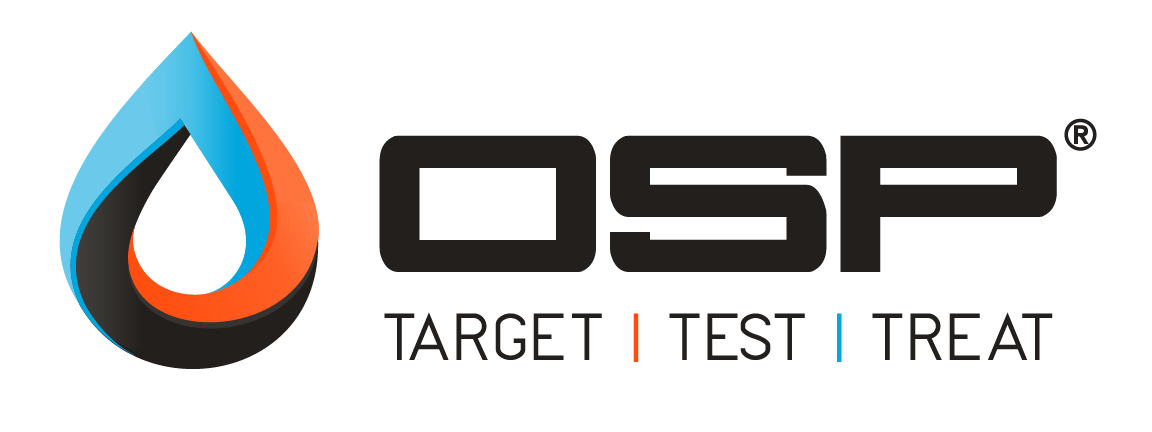INSPECT WHAT YOU EXPECT WITH CULTURE MEDIA
Microbial monitoring with serial dilution culture media
LifeCheck Media includes APB and SRB serial dilution bottles. The APB Bottles detect heterotrophs and acid producers. The SRB bottles provide approximate quantification of facultative SRB. Produced in accordance with NACE Standard TM0194-2014, our formulas do not include sulfite based oxygen scavengers. Utilizing anaerobic chambers, our serial dilution bottles are made under strict conditions. We pay attention to all quality control measures (redox potential, total dissolved solids concentration and pH.)
For your convenience, mixed media flats are available to be combined into a single flat of alternating rows. If specific parameters are required, including non-standard carbon sources, source of reducing power or gas composition, let our team know. OSP will work with you to create a unique formulation that more closely resembles the microcosm of interest.
Water Sample TDS (ppm)
SRB Bottles: serial dilution vials of Modified Postgate’s B (MPB) media
APB Bottles: serial dilution vials of Phenol Red Dextrose (PRD) media
| Type of Bacteria Detected | TDS Lower Limit | TDS Upper Limit | Description |
|---|---|---|---|
| Sulfate Reducing Bacteria Detection (SRB) | <5,000 | 9,000 | White Cap |
| 9,000 | 25,000 | Green Cap | |
| 25,000 | 45,000 | Silver Cap | |
| 45,000 | 65,000 | Blue Cap | |
| 65,000 | 85,000 | Yellow Cap | |
| 85,000 | 120,000 | Gold Cap | |
| 120,000 | 170,000 | Red Cap | |
| 170,000 | 220,000 | Black Cap | |
| Acid Producing and General Heterotrophic Bacteria Detection (APB & GHB) | 5,000 | 9,000 | White Cap |
| 9,000 | 25,000 | Green Cap | |
| 25,000 | 45,000 | Silver Cap | |
| 45,000 | 65,000 | Blue Cap | |
| 65,000 | 85,000 | Yellow Cap | |
| 85,000 | 120,000 | Gold Cap | |
| 120,000 | 170,000 | Red Cap | |
| 170,000 | 220,000 | Black Cap |
Understand the microbial load within minutes with ATP Test Kits
Bug bottles (serial dilution media or culture media) tell you how many of a certain type of microbe (SRB) consumed the food source present. What they don’t tell you is how many are capable of consuming that food source but didn’t under the specific testing conditions. If you only test for SRB using bug bottles and subsequently design your biocide programs based on these numbers, there is a risk of drastically underestimating the microbial load, ultimately setting up the treatment program to fail.
LifeCheck ATP Test Kits can be used to identify how many living microbes are present in your sample. This is important when considering biocide programs as they are non-selective, meaning they don’t only kill the bad guys – they kill ‘em all. Because ATP quantifies all the living microbes in a sample, not just the bad guys, ATP testing can be used to:
- evaluate biocide programs
- screen source waters
- design effective treatment programs
